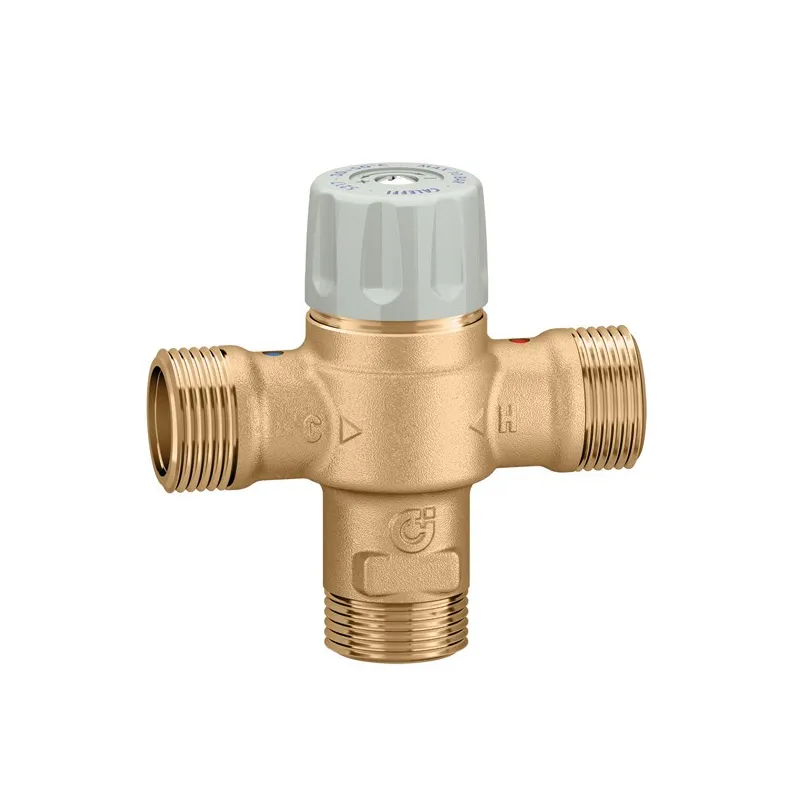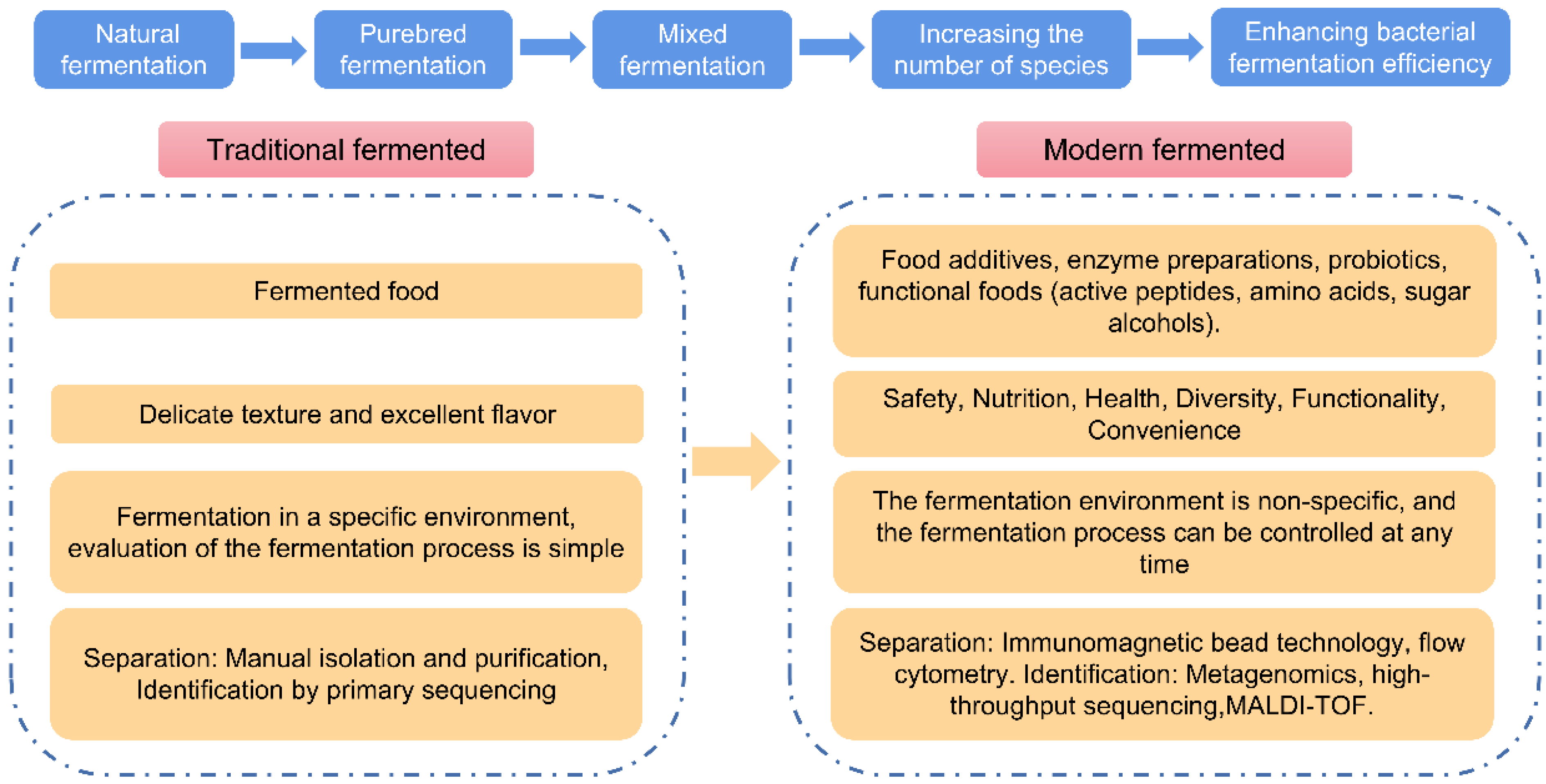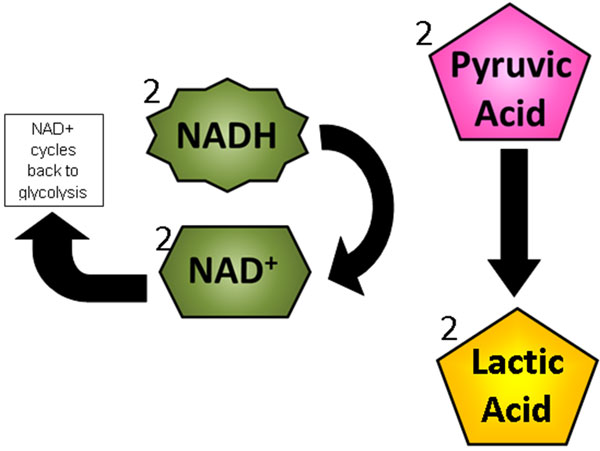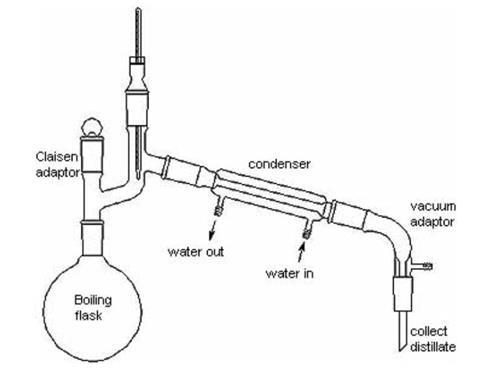Fermentation, Free Full-Text
4.9 (597) · € 20.50 · En Stock
Fermentation technology has a long history and low-temperature fermentation has now become the focus of research. This paper reviews the mechanism and application of low-temperature fermentation and the optimization of relevant strains. Low-temperature fermentation leads to a differential expression of growth in metabolism genes (PSD1, OPI3, ERG3, LCB3 and NTH1). Low-temperature fermentation can be applied to foods and has various advantages, such as increasing changes in volatile flavor compounds and other corresponding metabolic substances of the strain, and inhibited growth of spurious bacteria. The focus of low-temperature fermentation in the long run lies in strain optimization, which is to protect and optimize the strains through a variety of methods. Low-temperature fermentation can greatly improve product quality. At present, the most effective methods to promote low-temperature fermentation are gene knockout and probiotic microencapsulation.
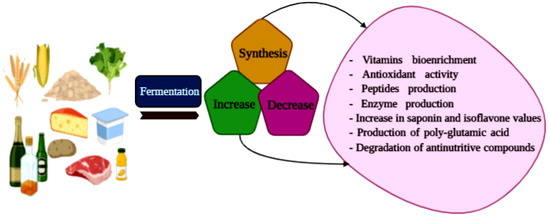
Fermentation, Free Full-Text

Yeast Fermentation Overview, Types & Product - Video & Lesson

Foam-free production of Surfactin via anaerobic fermentation of
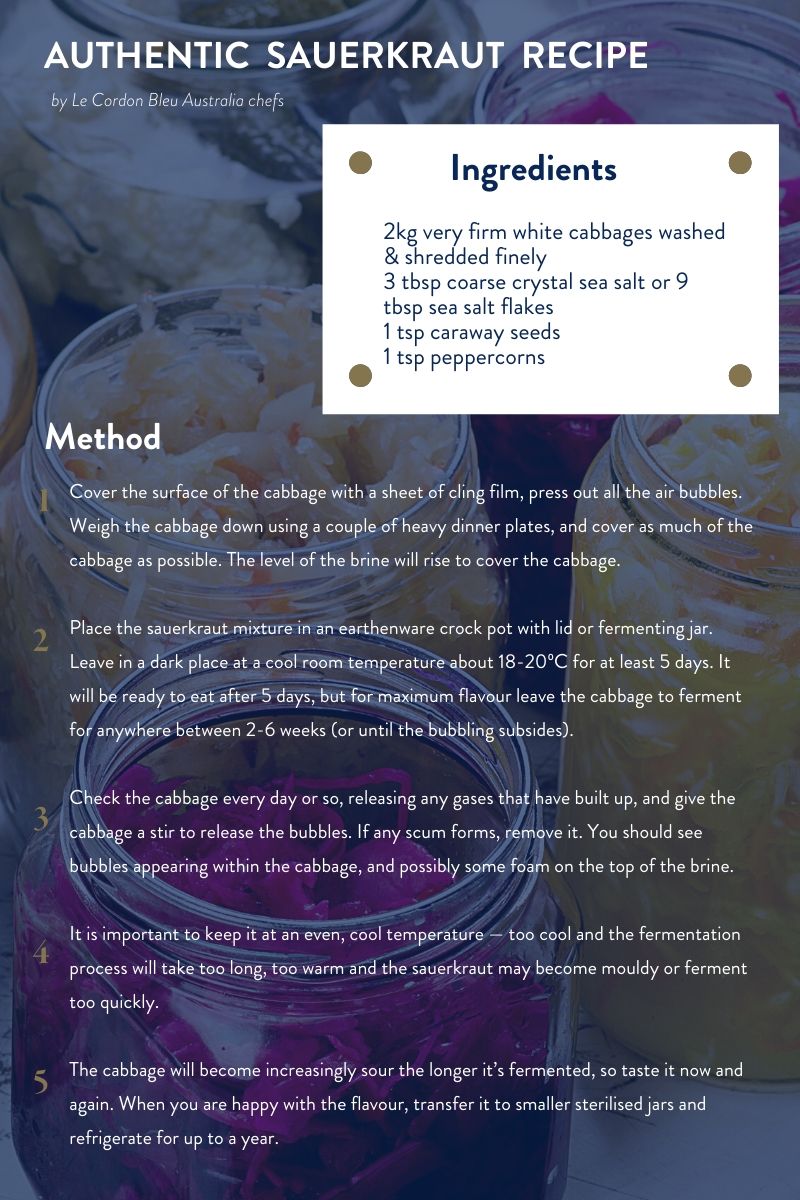
Supercharge your health with fermented foods
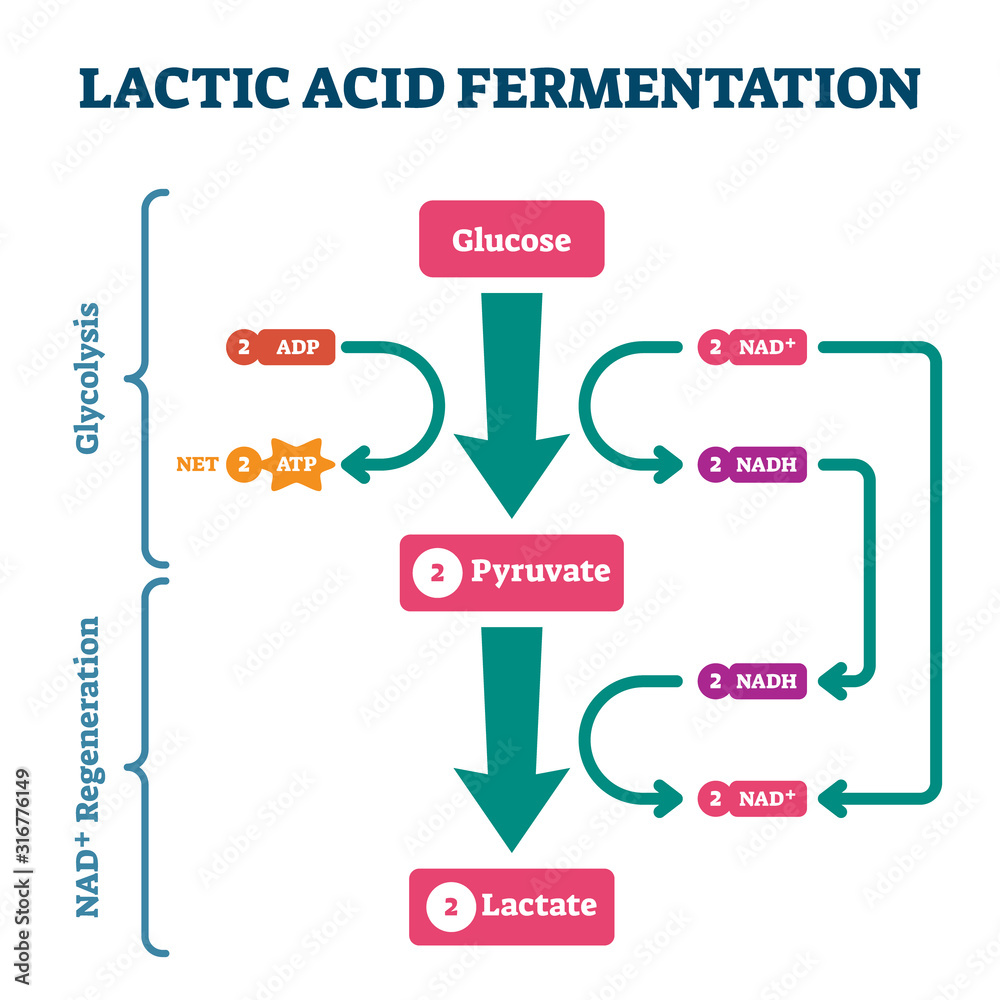
Lactic acid fermentation process scheme, labeled vector
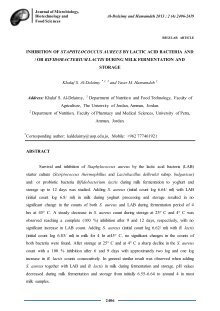
10 free Magazines from JMBFS.ORG

Effects of Fermentation Process on the Antioxidant Capacity of
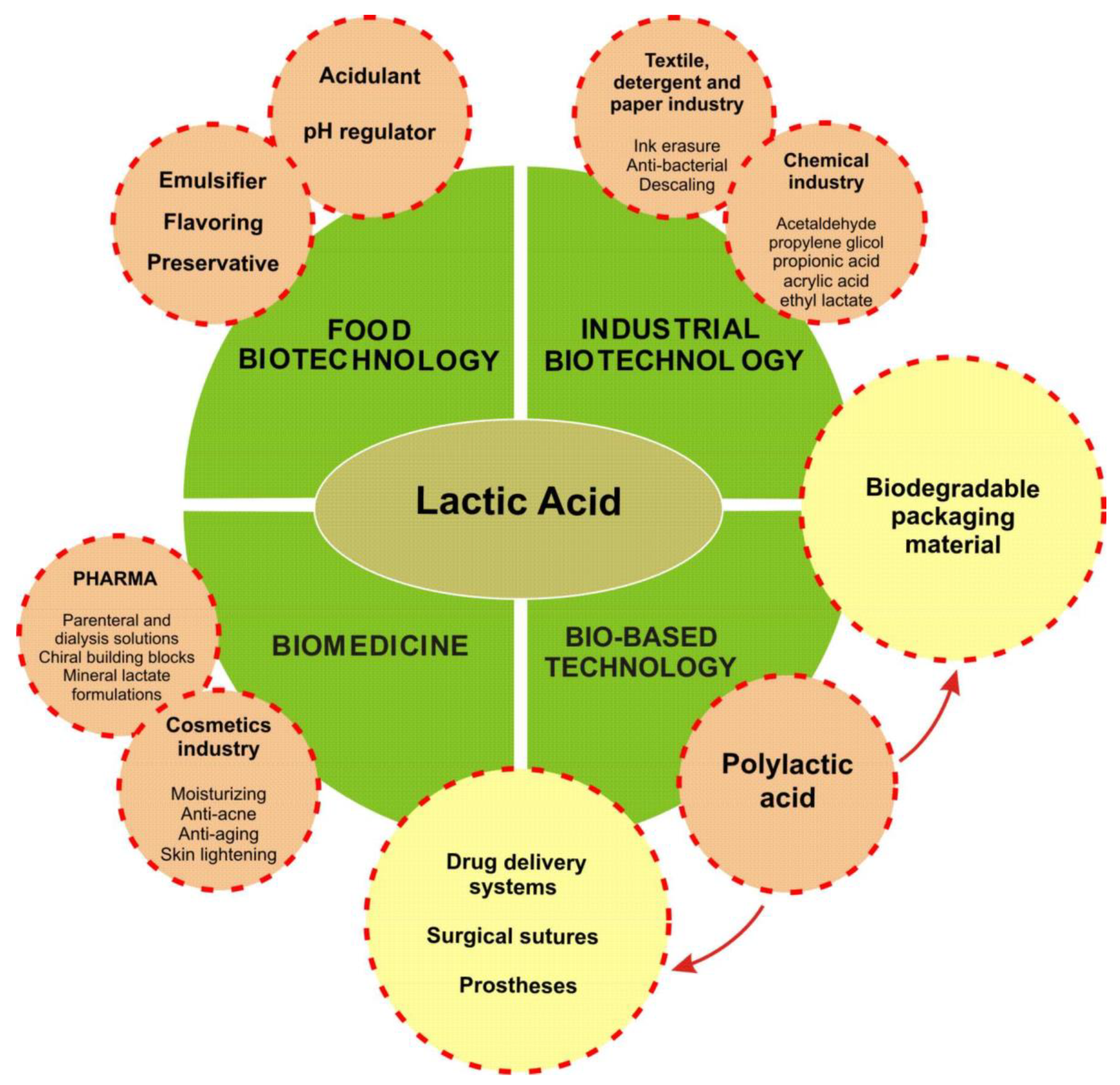
Processes, Free Full-Text

Extracellular electron transfer increases fermentation in lactic
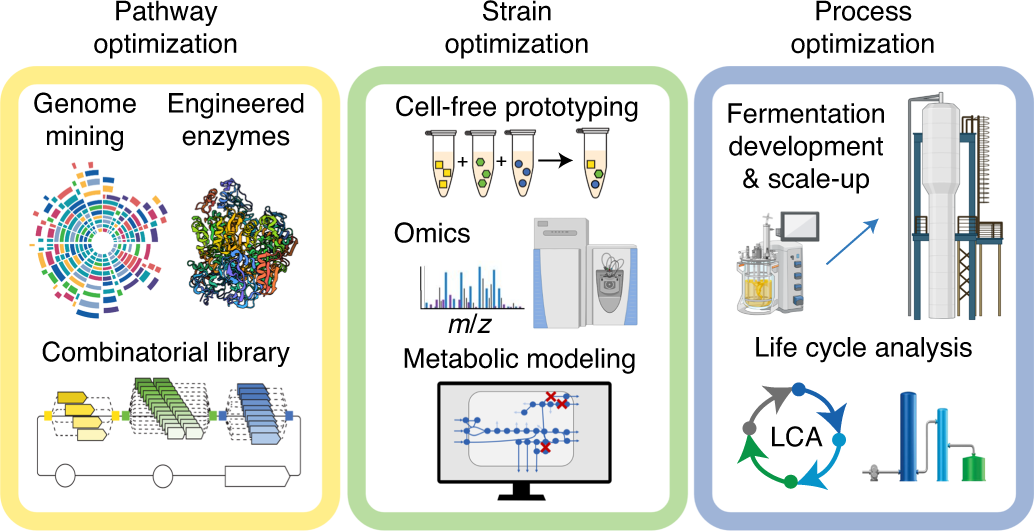
Carbon-negative production of acetone and isopropanol by gas

Complete Fermentation Kit for Vegetables - The Easiest Way To
:max_bytes(150000):strip_icc()/14-best-fermentation-books-for-2022-tout-a5b1839482d443beabda627874029da4.jpg)
The 14 Best Fermentation Books, According to Experts
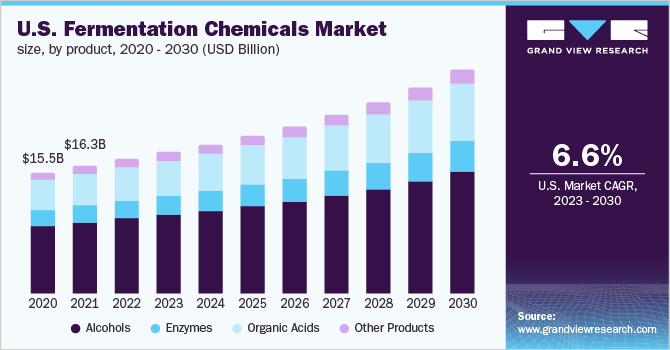
Global Fermentation Chemicals Market Size Report, 2030





